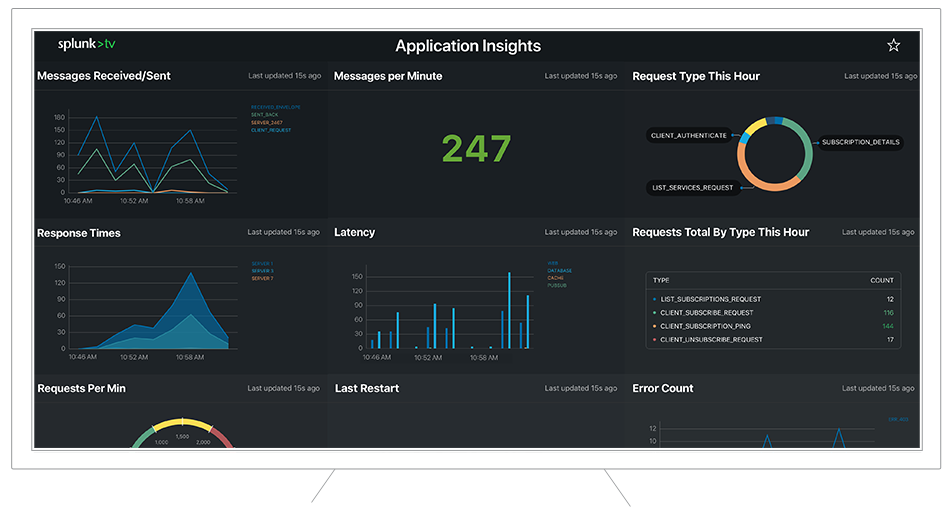


Hive = \\REGISTRY\\MACHINE\\SOFTWARE\\Microsoft\\Windows\\CurrentVersion\\Run\\.
#Splunk spath software
Usage You can use this function with the eval and where commands, in the WHERE clause of the from command, and as part of evaluation expressions with other commands. Splunk is a software platform for data collection, indexing, searching, and visualization.
Splunk does well on JSON data, even if it’s brought in as event data. spath (And for years, we’ve enabled admins to customize things like system settings, deployment configurations, knowledge objects and saved searches to their hearts’ content. Distributed streaming can significantly enhance search performance with a robust set of indexers. For years customers have leveraged the power of Splunk configuration files to customize their environments with flexibility and precision. Hive = \\REGISTRY\\USER\\.*\\Software\\Microsoft\\Windows\\CurrentVersion\\Run\\.* Spath is a distributed streaming command, meaning that if it takes effect in our search before any transforming or centralized commands, the spath work will occur in the index layer. # Scripted Input (See also wmi.conf)Ĭounters = Bytes Received/sec Bytes Sent/secĬounters = Disk Bytes/sec % Disk Read Time % Disk Write Time % Disk Time Avg. īlacklist1 = EventCode="4662" Message="Object Type:\s+(?!groupPolic圜ontainer)"īlacklist2 = EventCode="566" Message="Object Type:\s+(?!groupPolic圜ontainer)"īlacklist3 = EventCode="5156" Message="(s|S)plunkd.exe"īlacklist4 = EventCode="4656" Message="(d|D)esktop.ini"īlacklist5 = EventCode="4656" Message="PlugPlaySecurityObject" Ultimately you can see that using a single pipe eval with the spath command on each field you want will produce a more performant query by about 17 to your.
#Splunk spath free
If you do end up using this feel free to reach out, I can send you some searches. Splunk Coalesce command solves the issue by normalizing field names. You can use this function with the eval and where commands, in the WHERE clause of the from command, and as part of evaluation expressions with other commands.
This is our modfied nf with some customized perfmon and security log filtering. Logging standards & labels for machine data/logs are inconsistent in mixed environments. spath(Please try to keep this discussion focused on the content covered in this documentation topic.
#Splunk spath windows
All these steps are repeated for each additional depth of the nested JSON object.I hate to ask the question, but why wouldn't you just use the Splunk TA Windows app to capture Windows EventLogs? It has built-in transforms and nf files to parse and extract WinEventLogs as well as perfmon and other nice things. You must be logged into in order to post comments. For each of the levels we’ll need to extract some information using spath, aggregate statistics using stats and rename the _raw event to the current level json object. In the provided example there are 2 layers. Example 1 If we run spath command to above sample json data, key-value pairs will extracted automatically. The supported arguments are INPUT, PATH, OUTPUT. You can also use the spath () function with the eval command. Splunk : Spath searching the JSON array - Stack Overflow Splunk : Spath searching the JSON array Ask Question Asked 1 year, 2 months ago Modified 1 year, 2 months ago Viewed 3k times 0 I have below two JSON events where under 'appliedConditionalAccessPolicies', in one event policy1 has results failure and policy2 has resultsnotApplied. The spath command is used to extract the fields from structured data format like json, xml etc. The command also highlights the syntax in the displayed events list. The command stores this information in one or more fields. Calculates aggregate statistics, such as average, count, and sum, over the results set. Splunk provides commands for extracting information from structured documents but when dealing with a nested JSON document you’ll have to employ some additional tricks to bring it to a tabular format.įirst, have a look at your document and establish how many levels of nesting the JSON document has. spath Description The spath command enables you to extract information from the structured data formats XML and JSON.

A json document consists of key value pairs which can be in any order, nested or arranged in arrays.


 0 kommentar(er)
0 kommentar(er)
